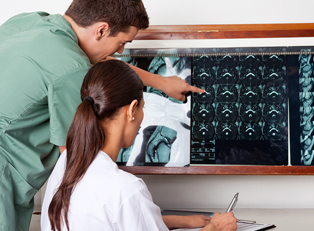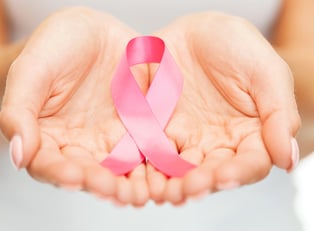A mastectomy is a procedure that involves the removal of part or all of the breast and is a common treatment and preventative measure for breast cancer. It’s estimated that about 55% of women with breast cancer in the United States undergo a mastectomy. Under the right conditions, a mastectomy can dramatically improve the prognosis for breast cancer and may prevent the disease from spreading to other parts of the body.
There are several different types of mastectomy procedures, each designed to address different stages of breast cancer progression. Here is a look at three of the most common: partial mastectomies, total mastectomies, and preventative mastectomies.
Partial Mastectomy
Partial mastectomies involve removing only a portion of the breast, and many times these procedures leave the nipple and skin surrounding the breast intact. This is a common approach for women who are in the earliest stages of breast cancer.
Within the category of partial mastectomies, there are two different possible procedures—a lumpectomy and a quadrantectomy. During a lumpectomy, doctors only remove the tumor itself and a small area of healthy tissue surrounding it, while a quadrantectomy removes significantly more healthy tissue.
Regardless of the specific procedure, most women require radiation therapy after a partial mastectomy to minimize the risk of the cancer spreading even more. In some cases, more surgery may be necessary if radiation therapy proves to be ineffective.
Total Mastectomy
This procedure, known also as a simple mastectomy, involves removing all breast tissue, including any healthy tissue that may exist. In some cases, doctors may recommend removing the lymph nodes near the breast, as well as the surrounding chest muscles. However, this is becoming increasingly rare, unless there is evidence that the cancer has begun to spread to these areas as well. In most cases, the nipple cannot be preserved during a total mastectomy.
Preventative Mastectomy
There are some women who have a higher known risk of breast cancer than others, and those who face these risks may elect to have a preventative mastectomy in order to reduce their chances of developing the disease. While this may seem like an extreme measure, preventative mastectomies can actually reduce the risk of breast cancer by 90% in these women. Preventative mastectomies are typically total mastectomies.
There are several risk factors that can make a woman a good candidate for a preventative mastectomy. However, it should be noted that just because a woman has one or more of these does not guarantee that she will develop breast cancer:
- Cancer in One Breast: If a woman has already developed cancer in one breast, doctors may recommend removing the other, healthy breast as a precautionary measure to ensure the disease does not spread.
- Family History: Women with a family history of both breast and ovarian cancer may benefit from a preventative mastectomy. This is especially true if family members developed these conditions before the age of 50.
- Gene Abnormalities: Mutations in the BRCA1 and BRCA2 genes can significantly increase the risk of breast cancer, and women of Ashkenazi Jewish descent are significantly more likely to possess the mutations than women of other ethnicities.
- Dense Breast Tissue: Women with particularly dense breasts have a higher risk of developing breast cancer. Additionally, dense breast tissue can actually make it more difficult to diagnose cancer if it occurs.
- Radiation Exposure: Women who were exposed to radiation between the ages of 10 and 30 also have a higher risk of developing breast cancer. This does not include routine X-ray screenings, but rather refers to radiation therapy, which is used to treat a number of different strains of cancer.



